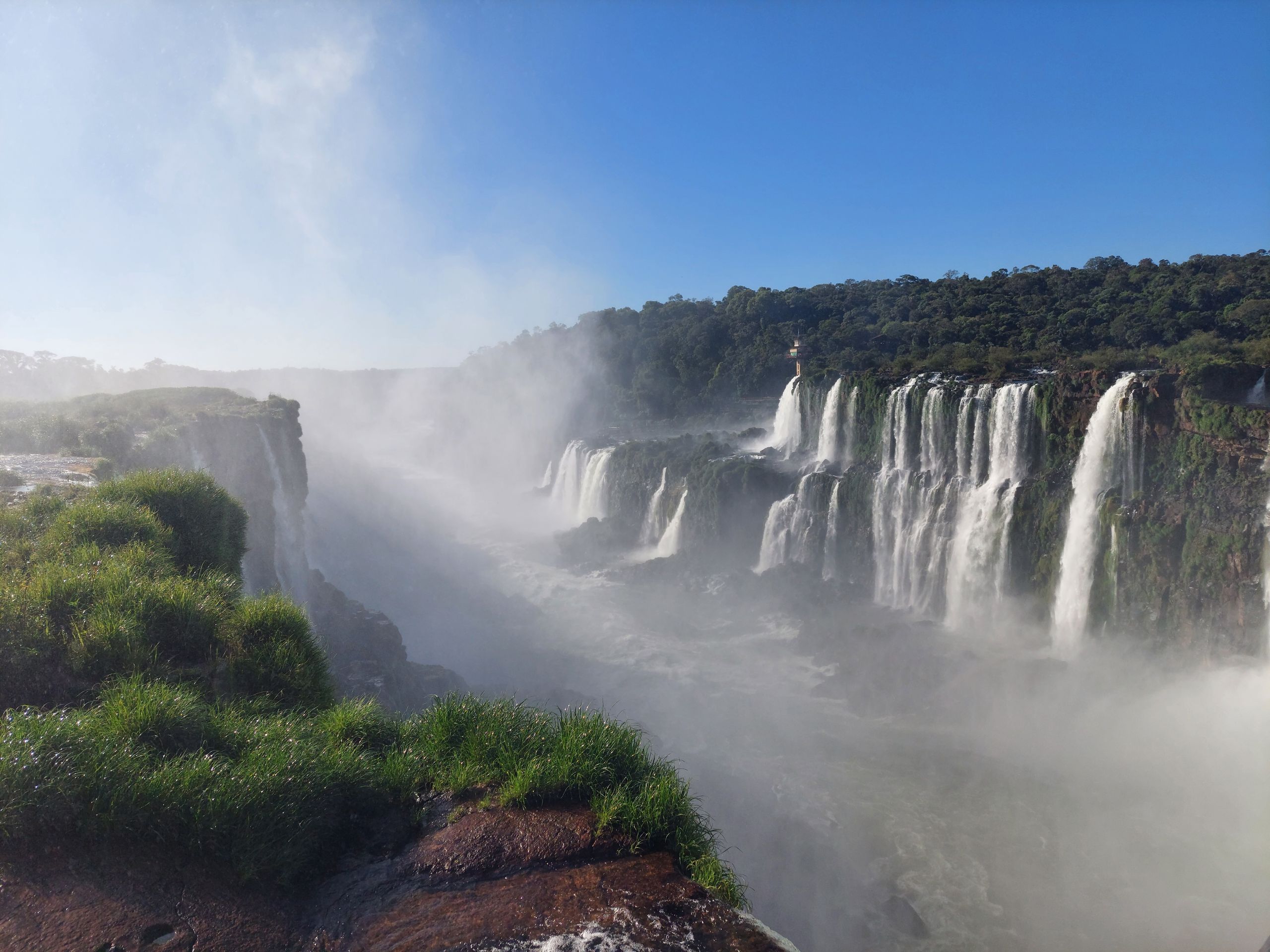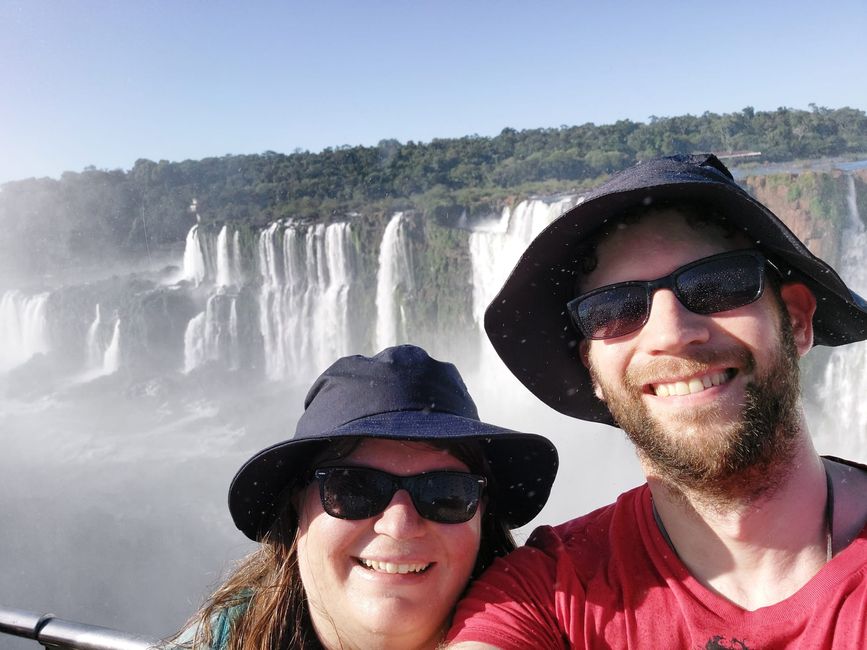La Serena
Weşandin: 20.05.2023
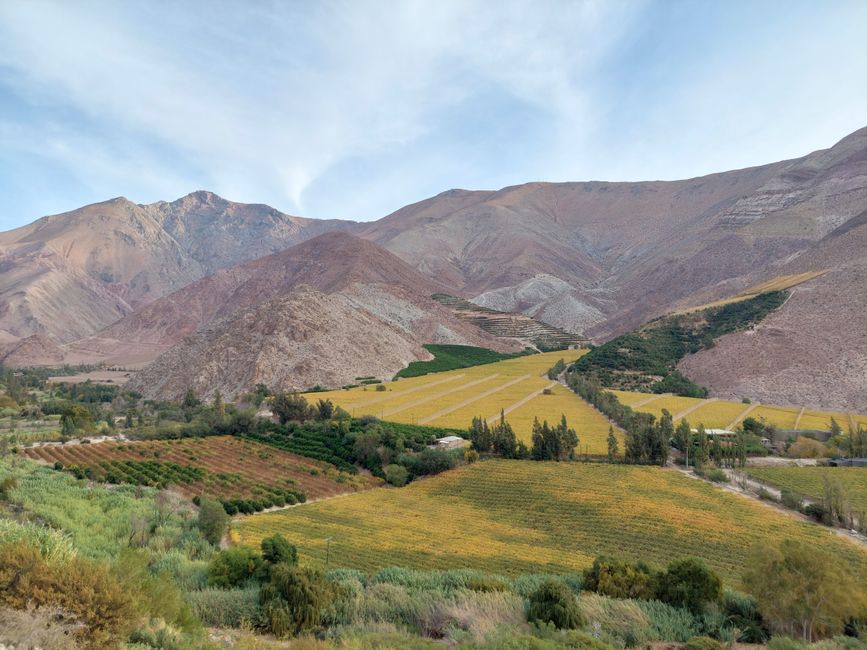
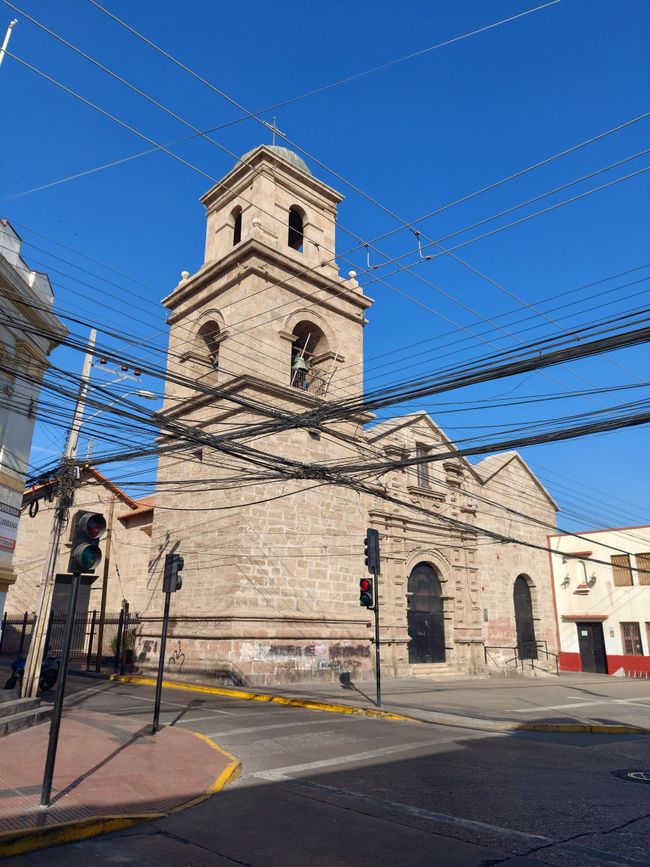
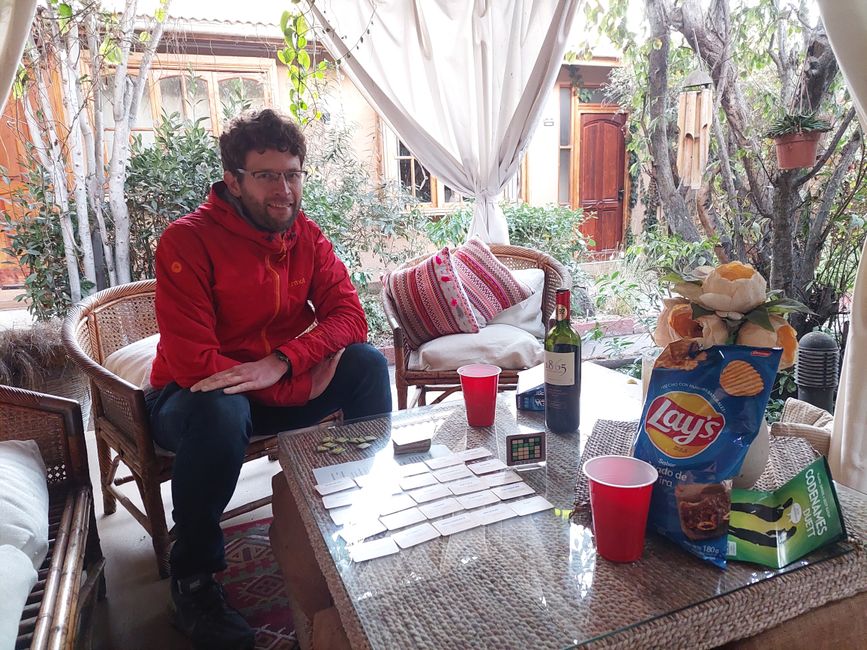
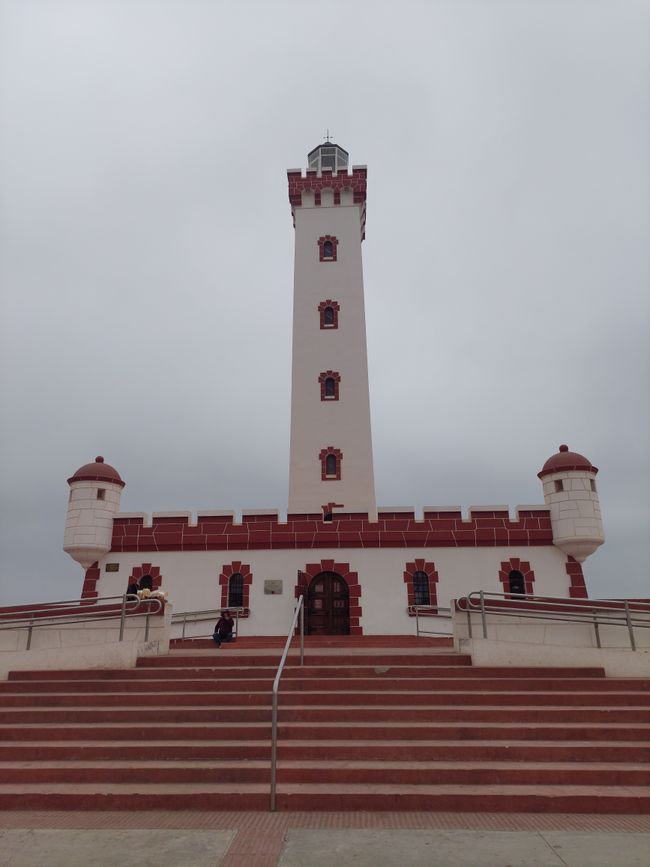
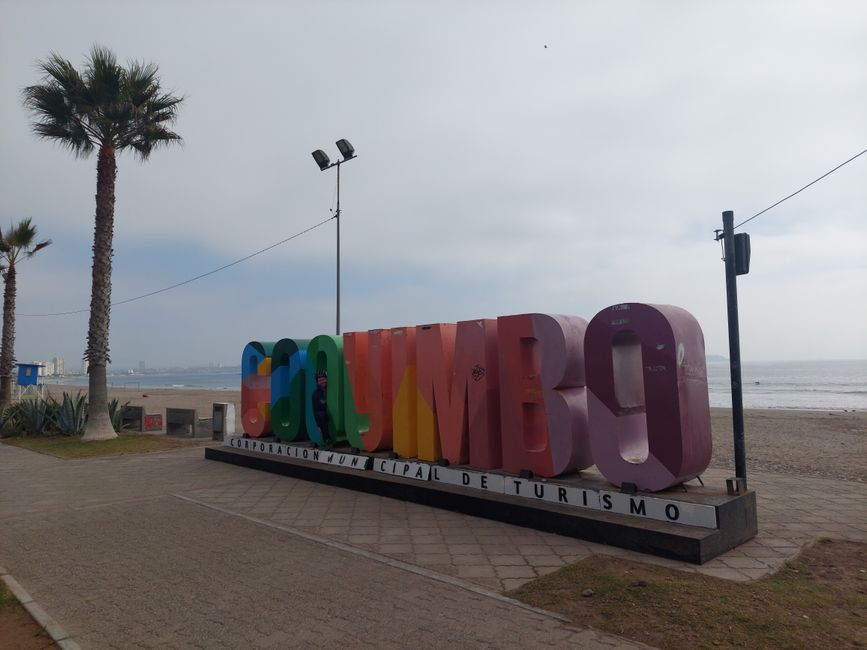
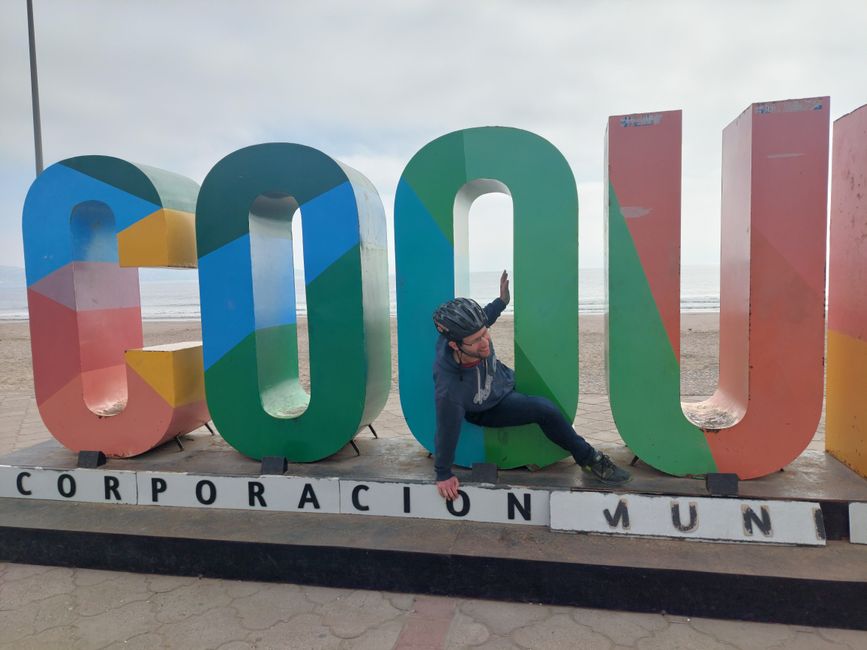
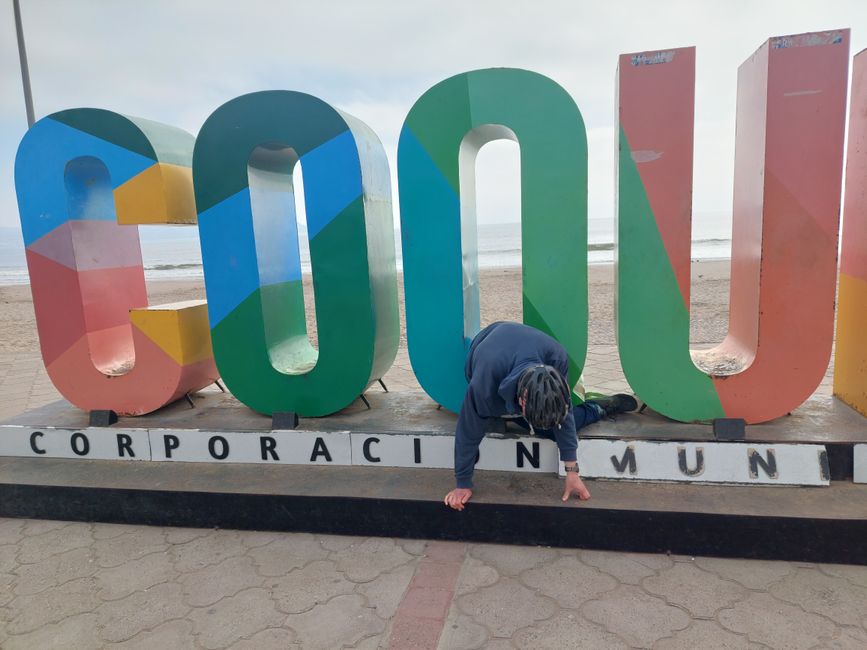
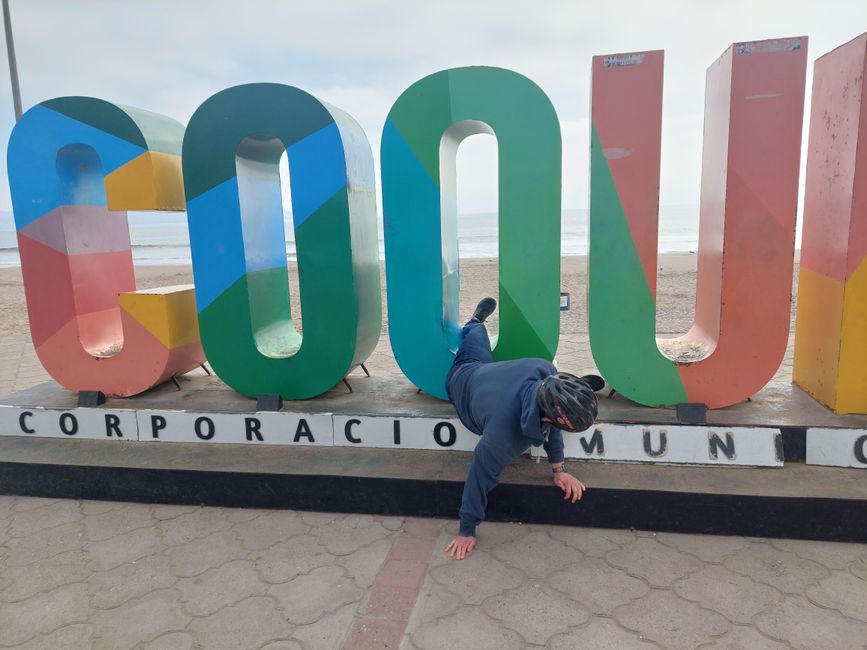
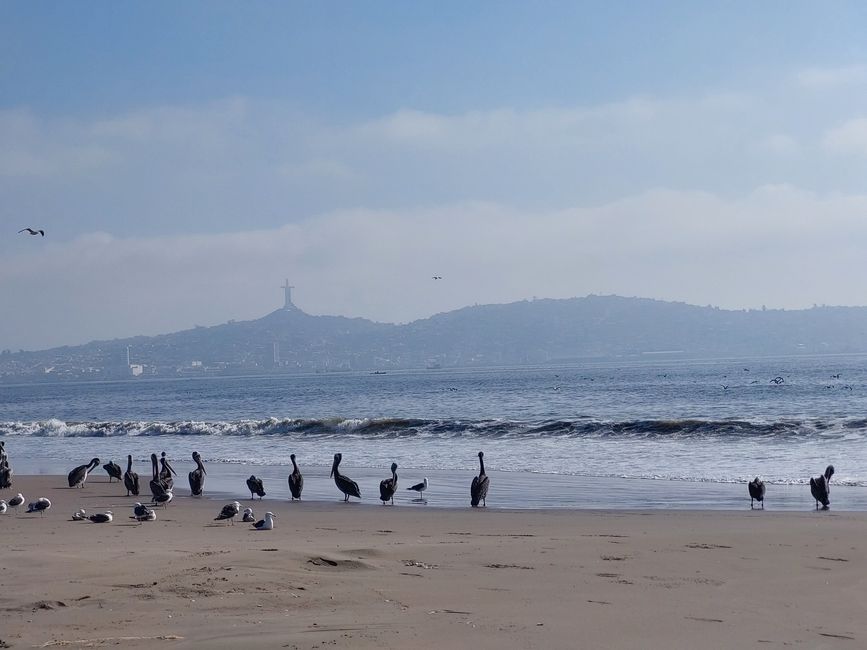
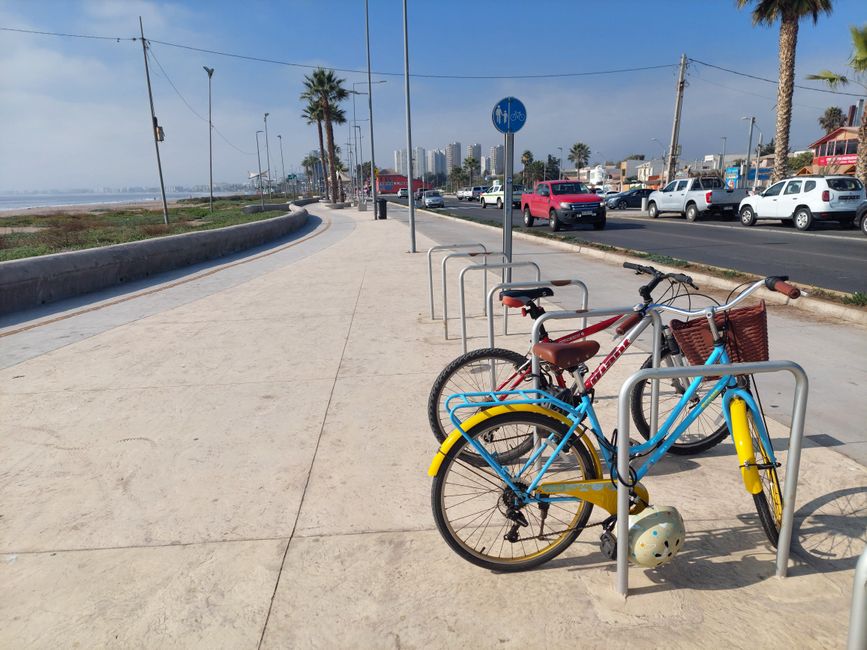
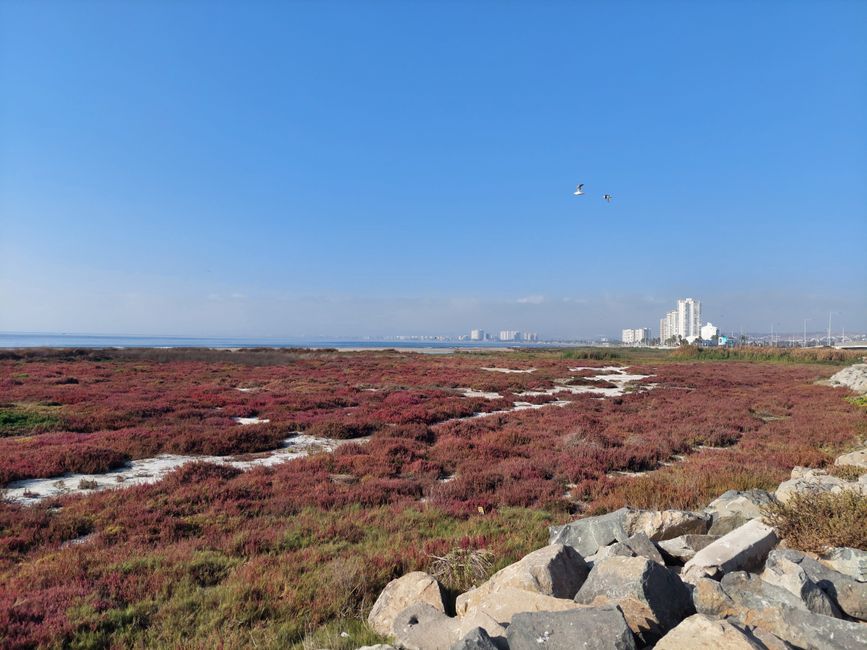
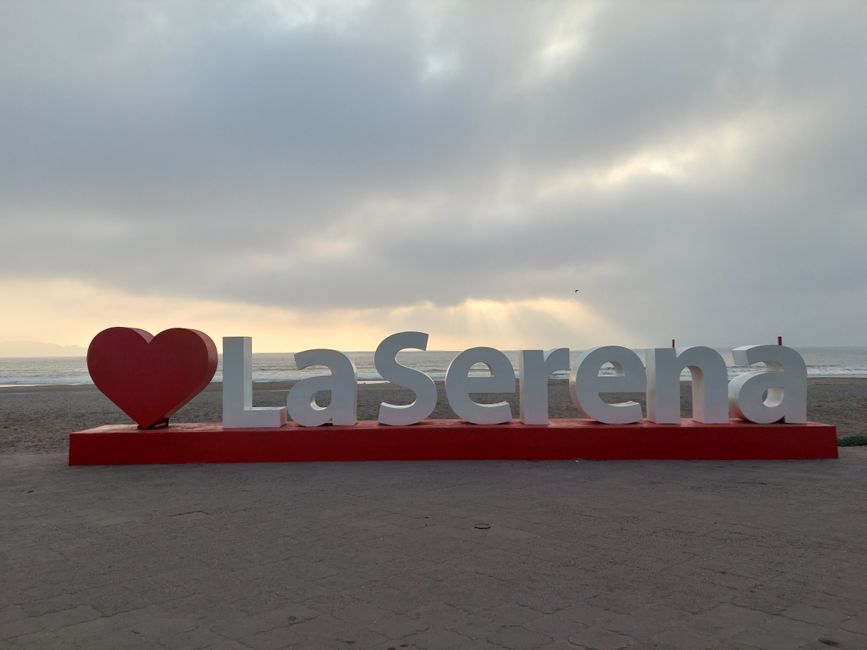
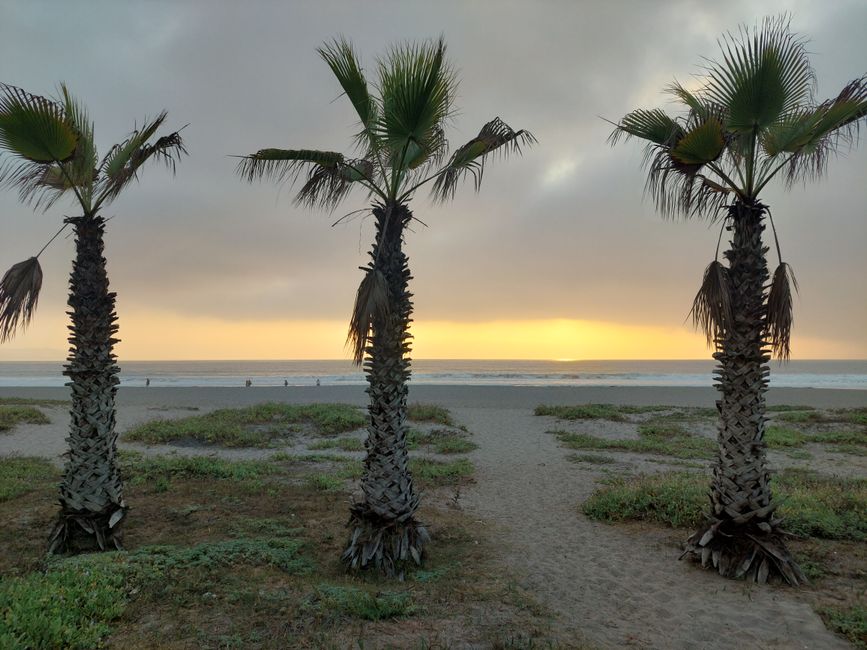
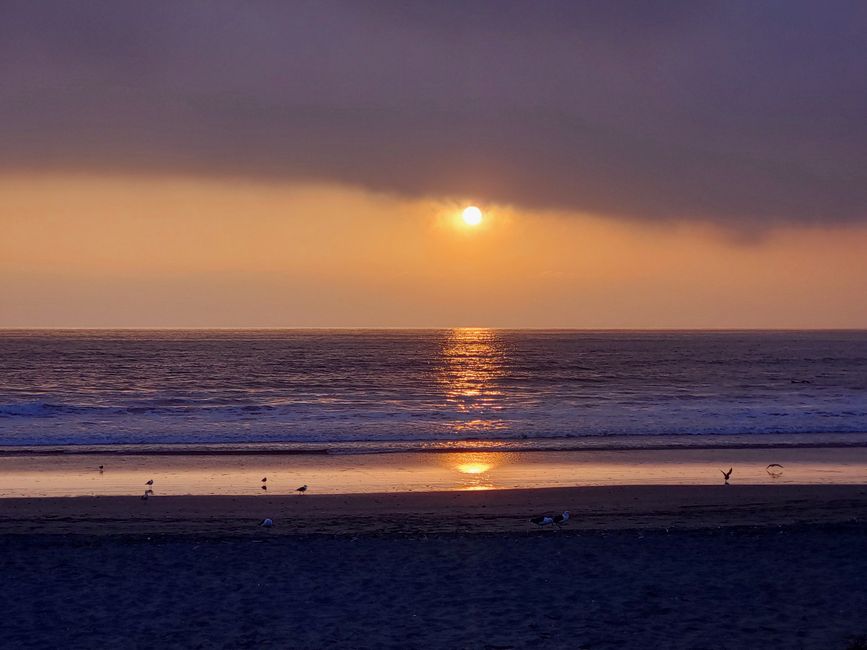
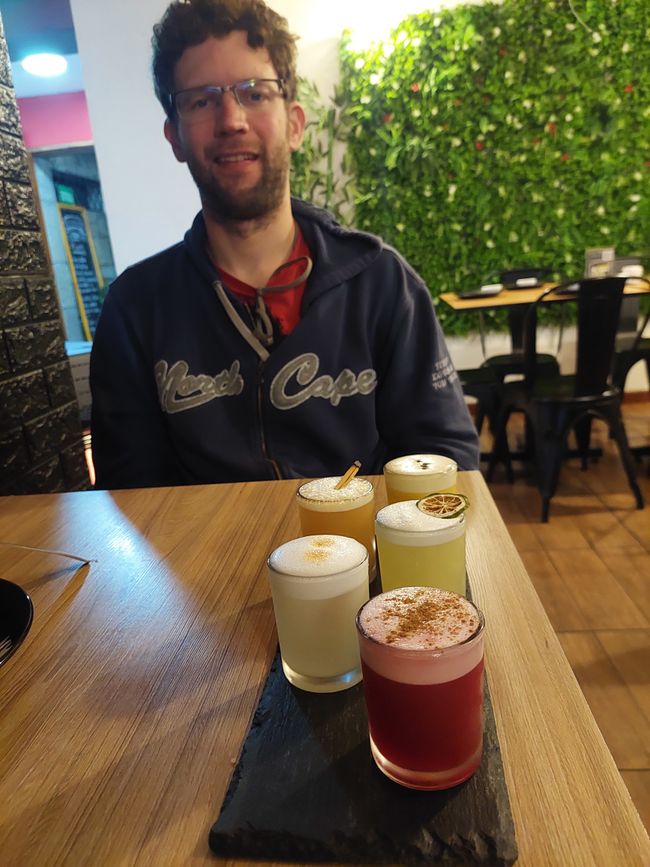
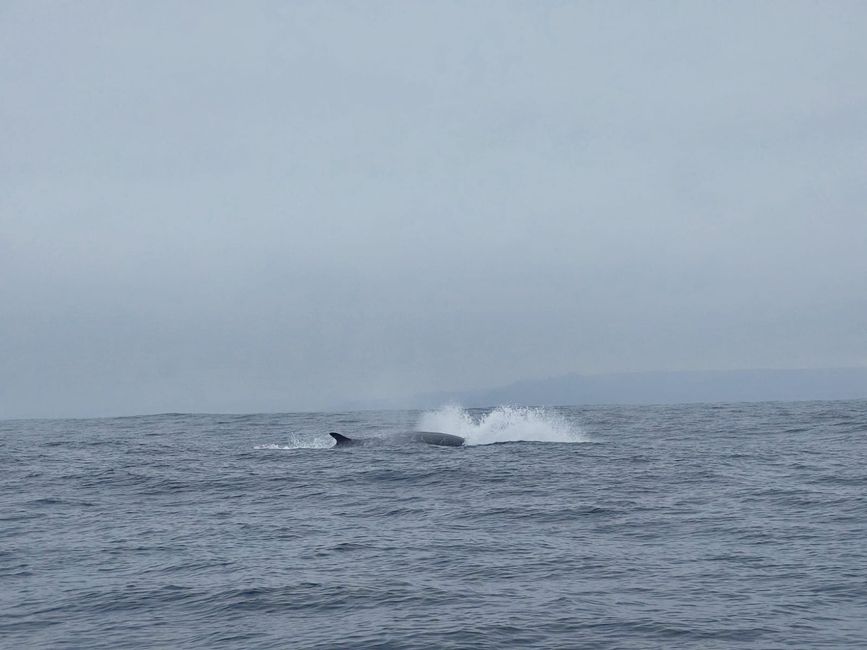
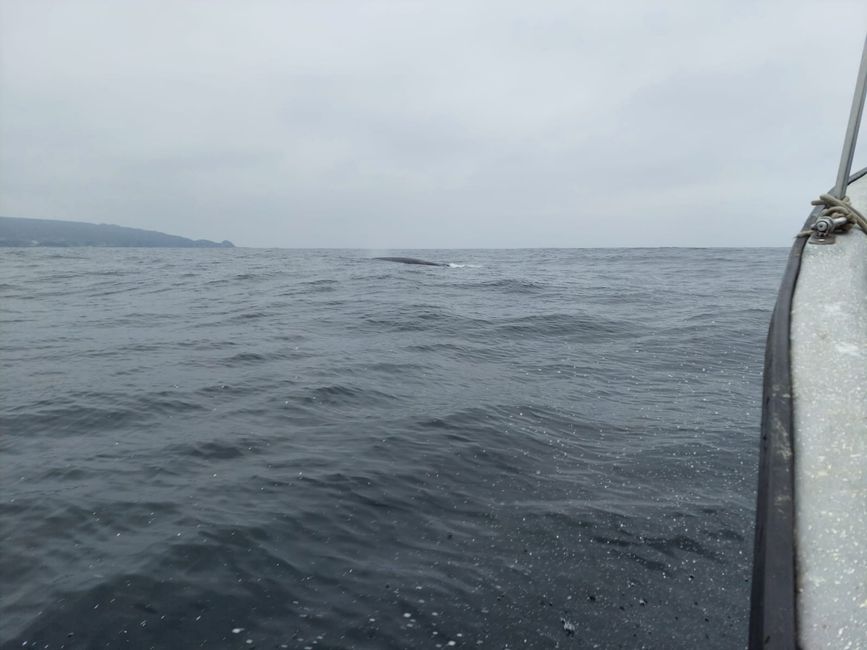
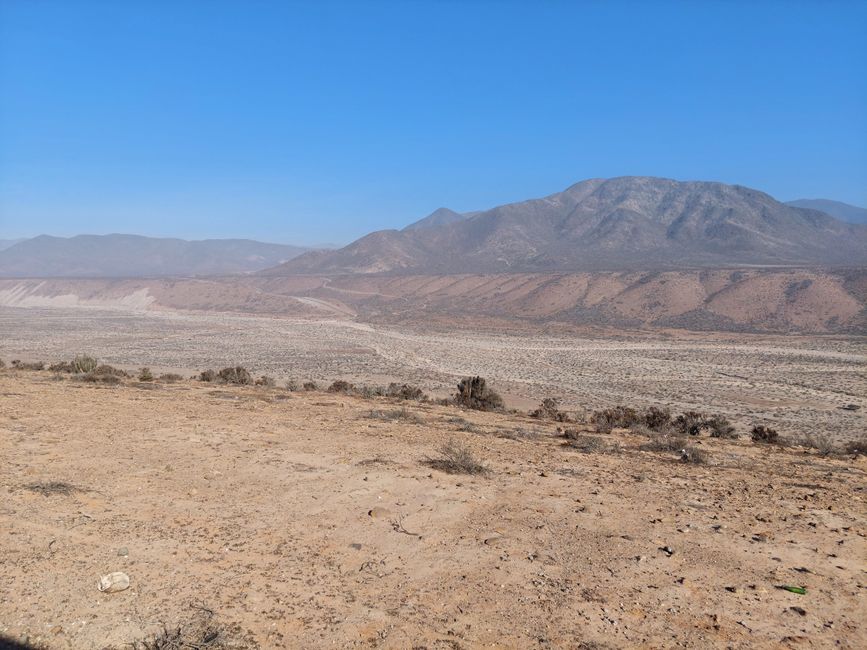
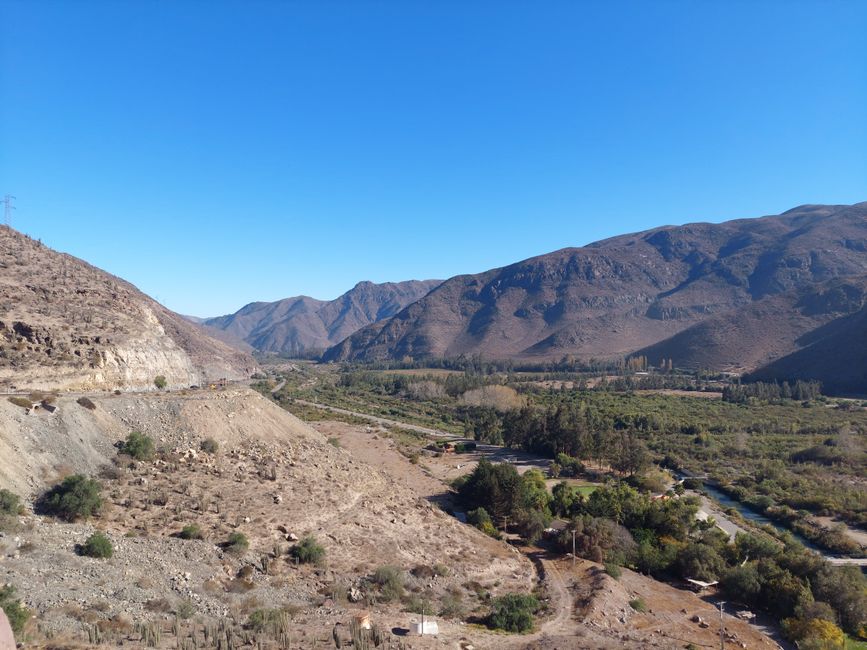
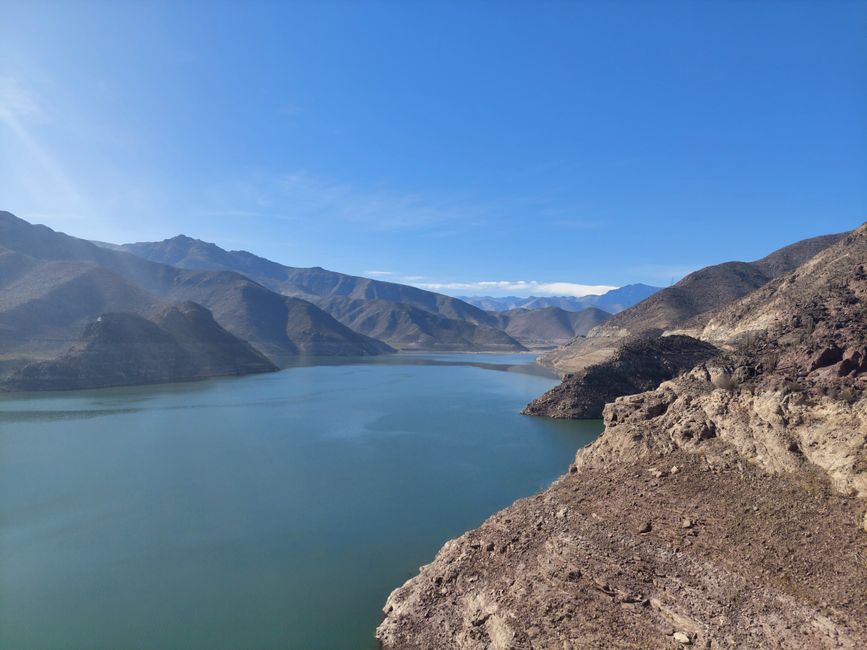
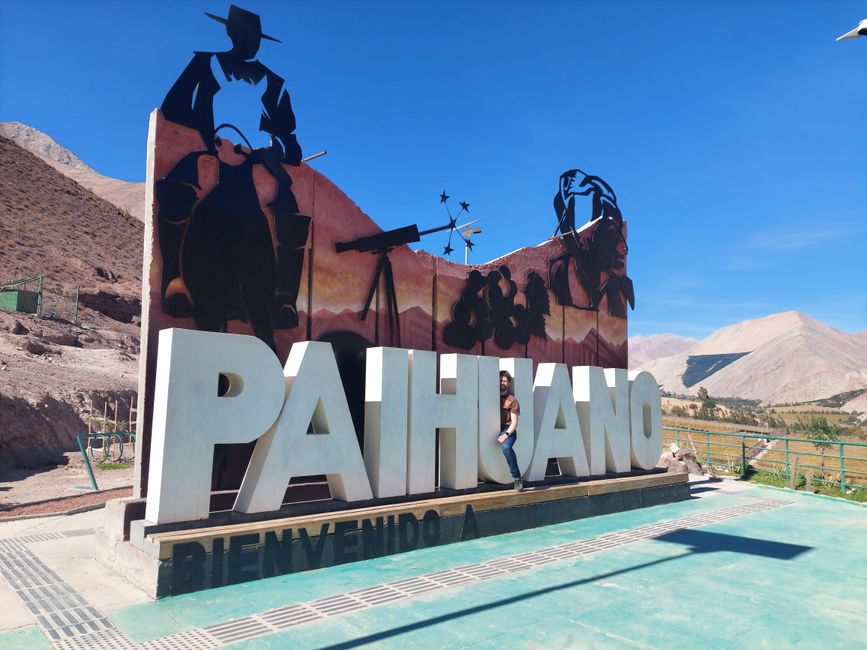
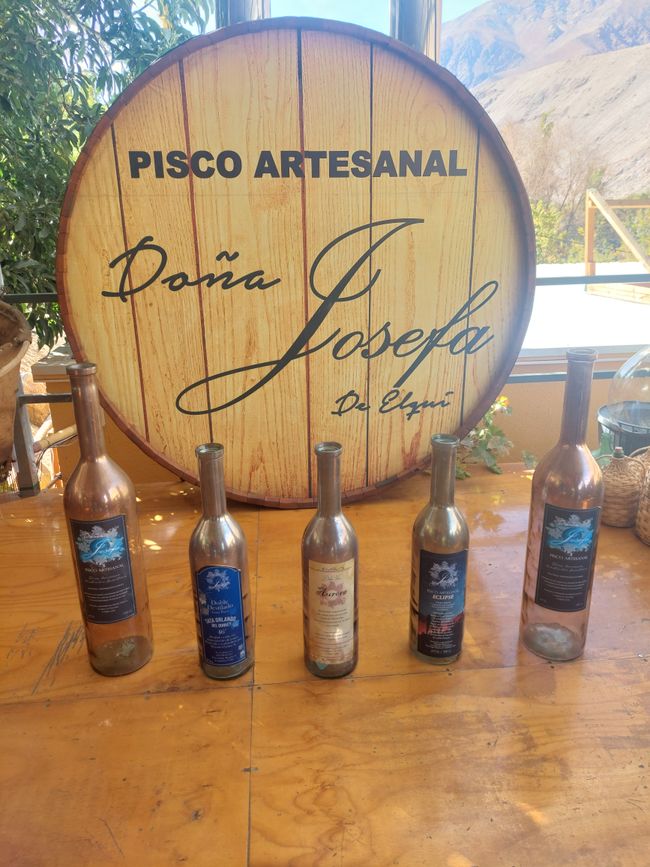
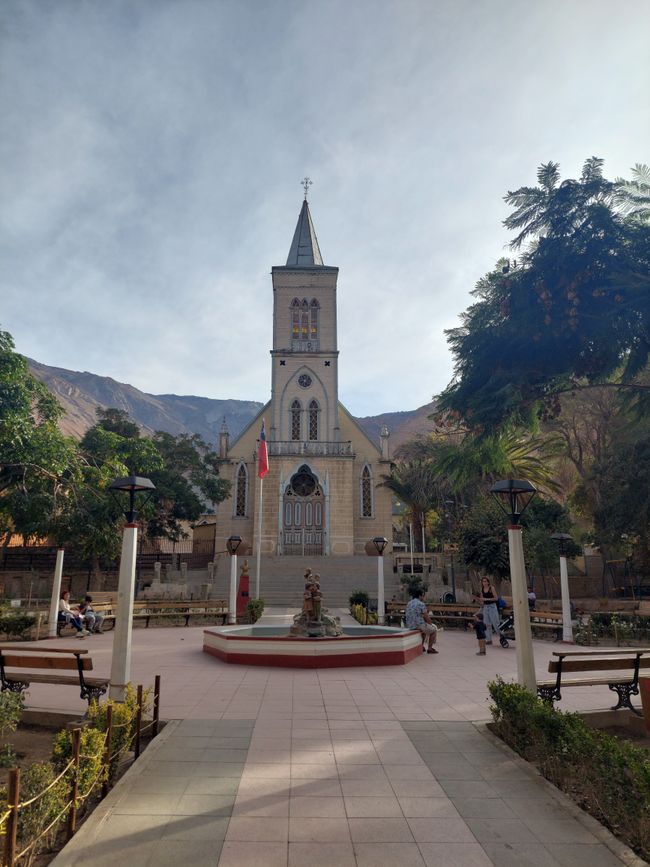
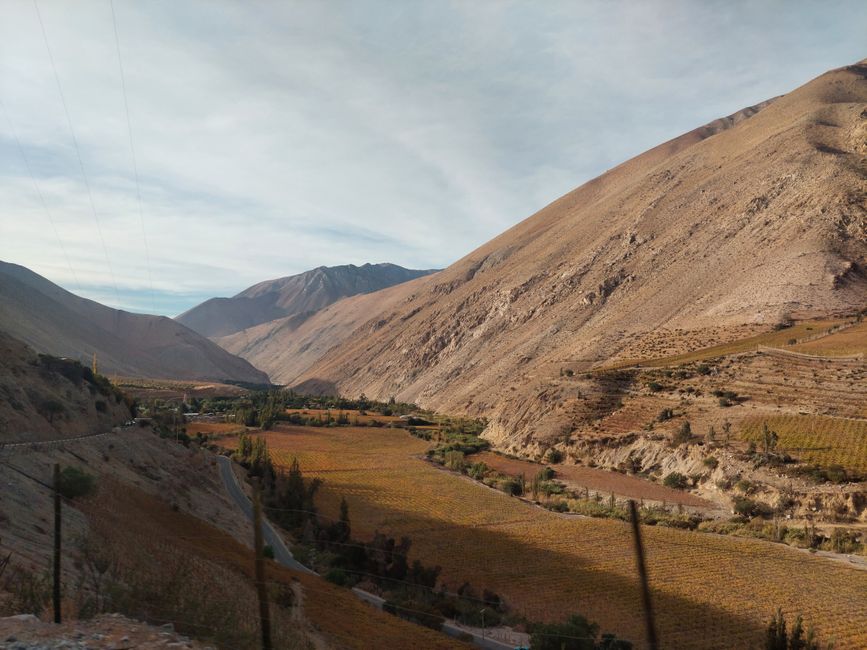
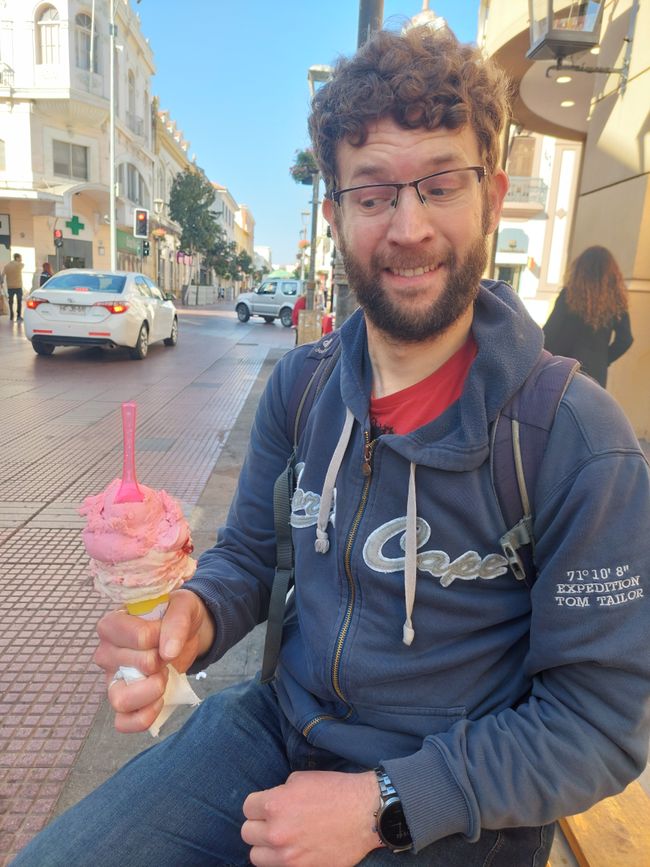
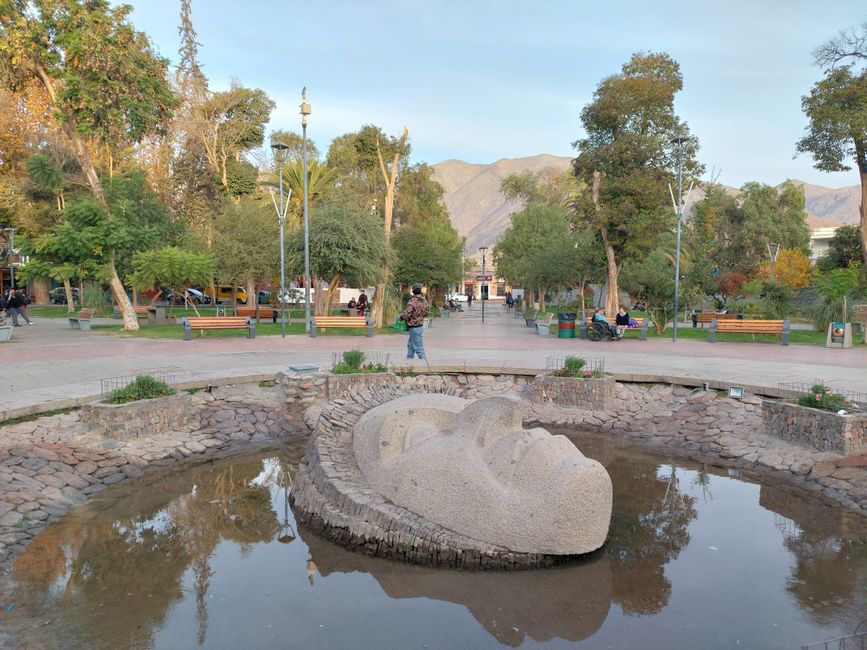
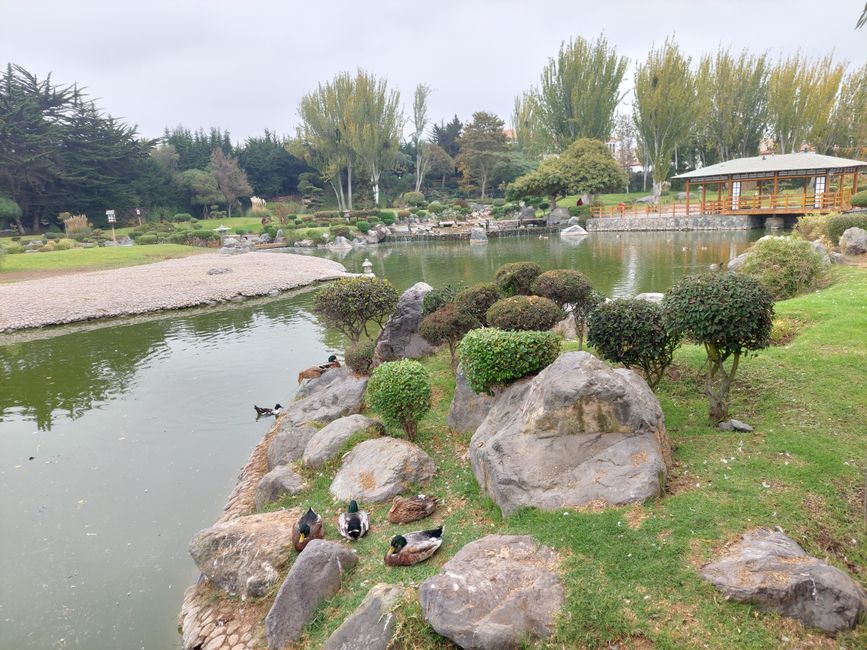
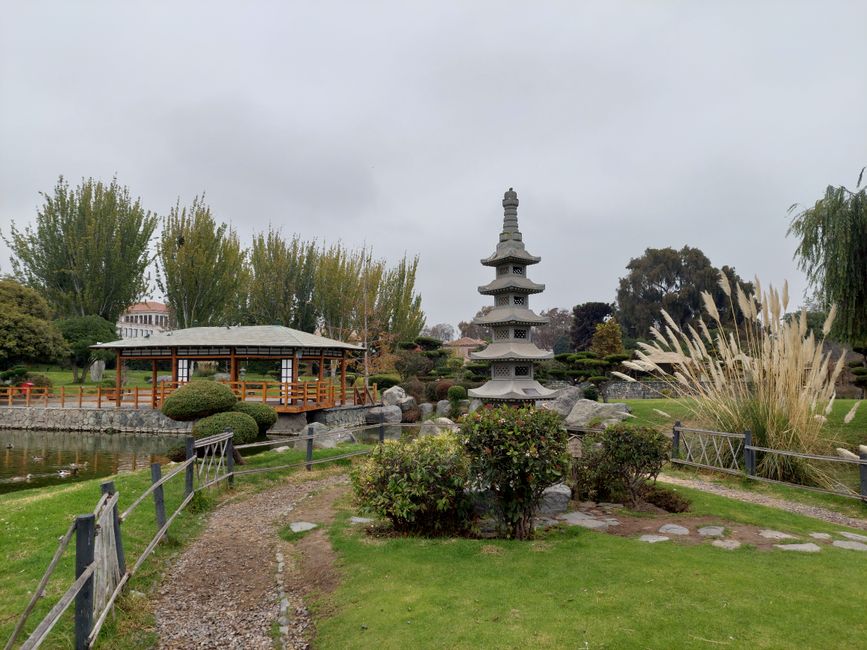
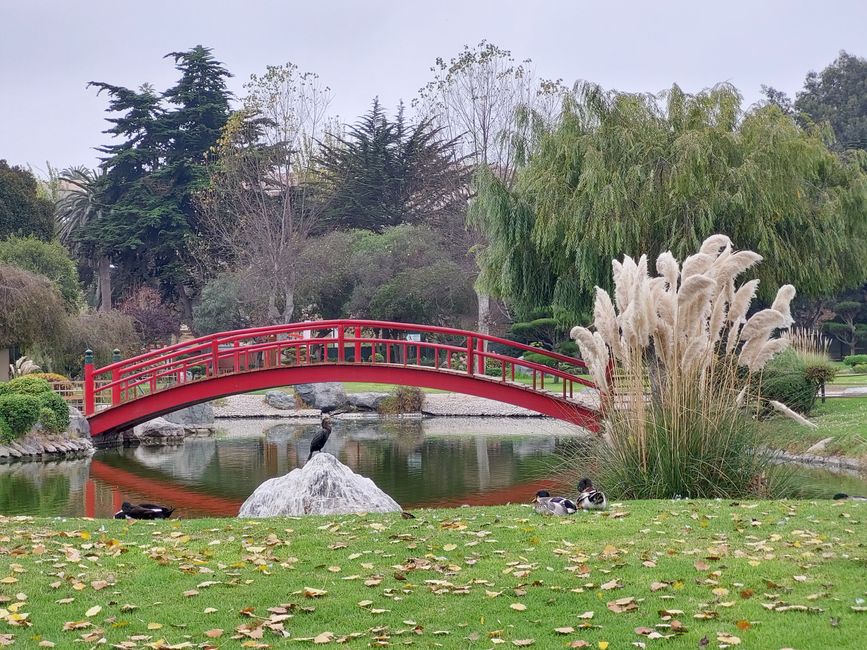
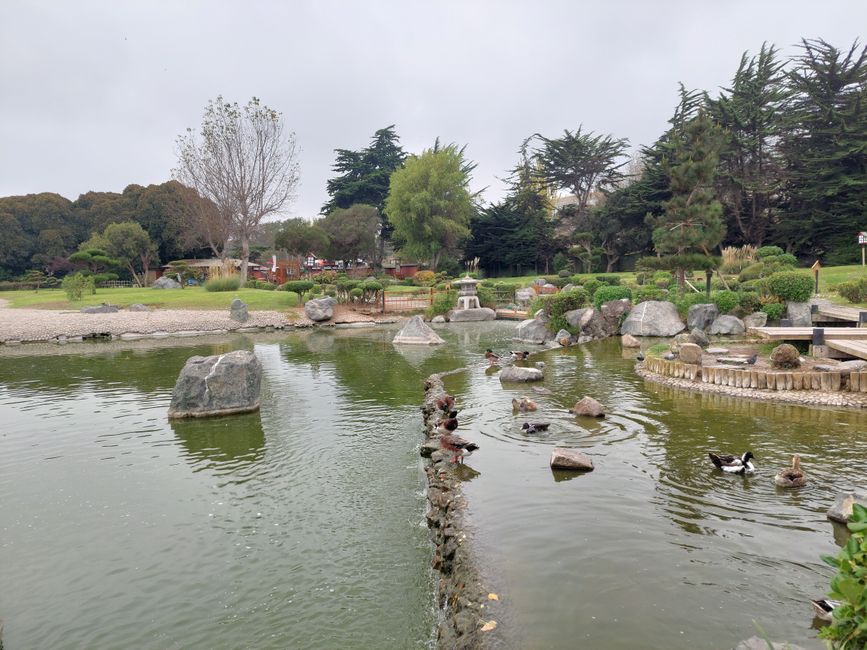
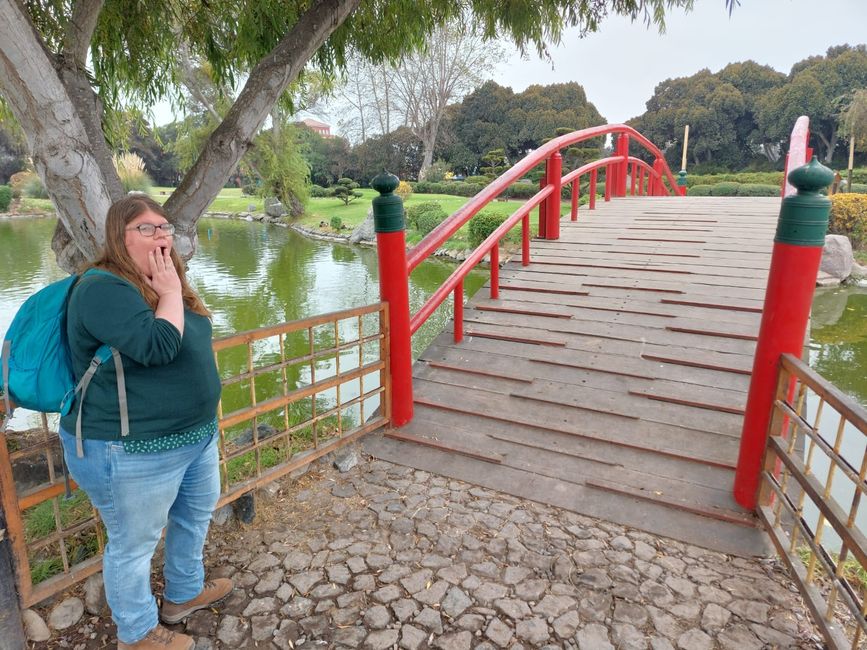
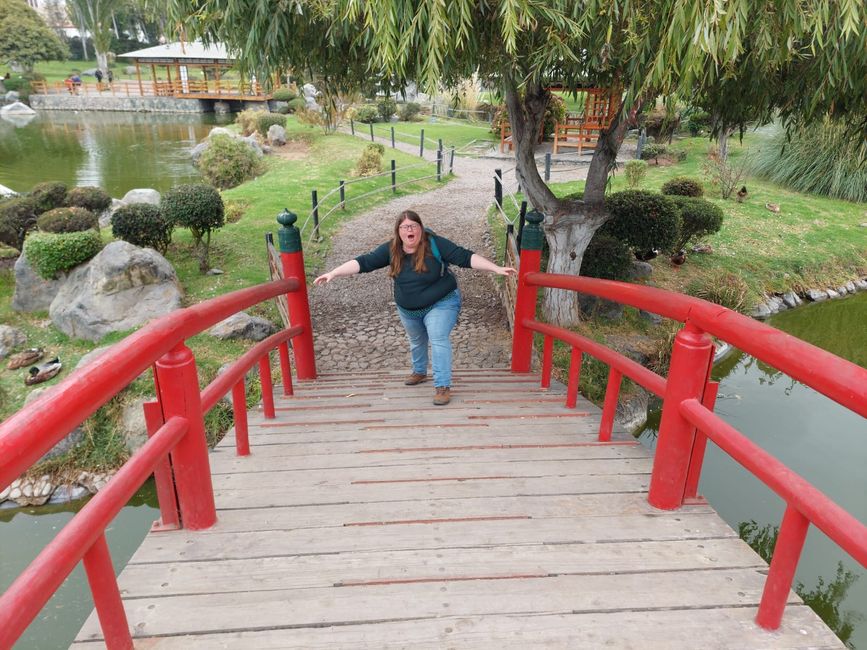
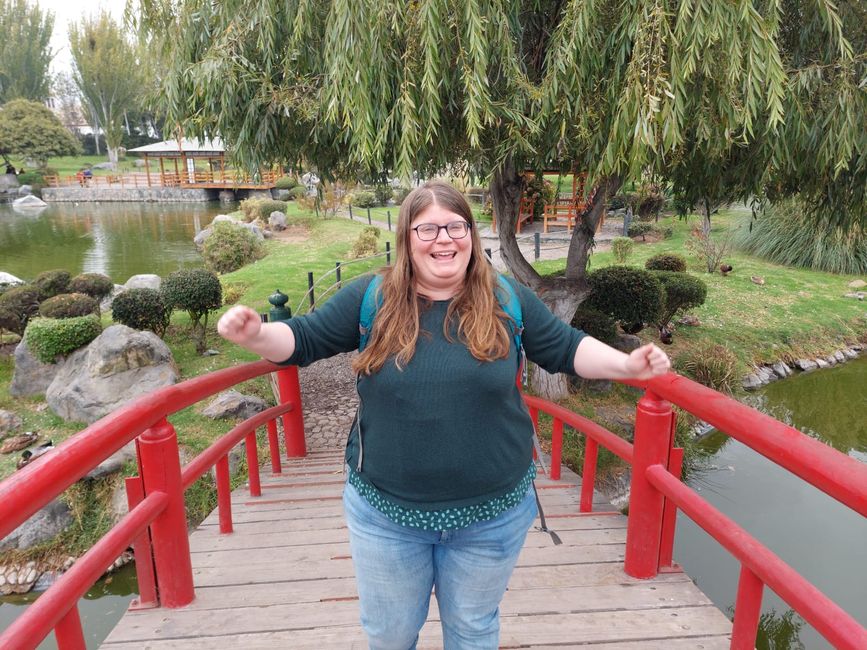
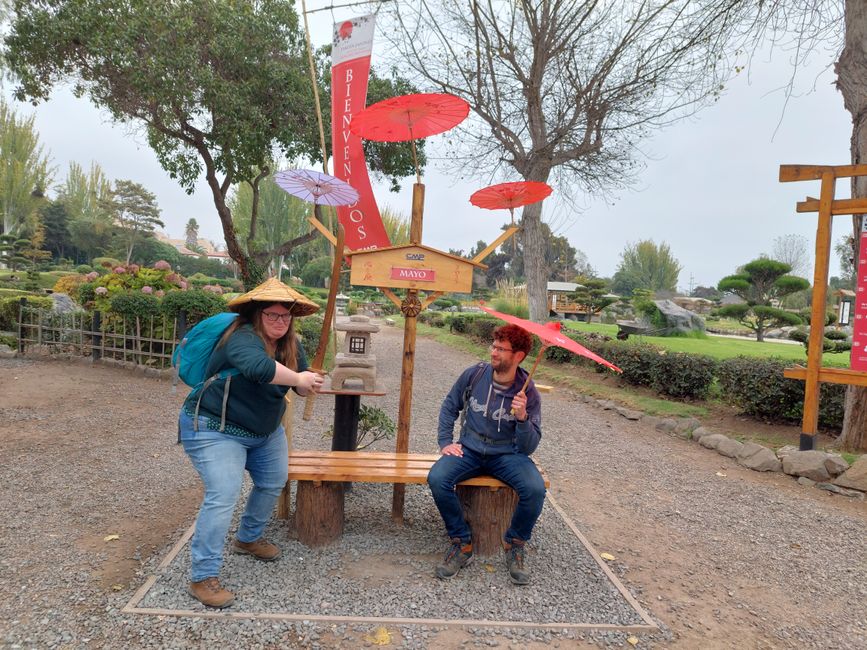
Subscribe to Newsletter
Our journey now took us from the Valparaíso region to the northern neighboring Coquimbo region. Since Chile is as narrow as a chili pepper (which, according to one of our guides, has nothing to do with the name), the 16 regions are mostly stacked on top of each other like the layers of a chili pepper. Our next stop, La Serena, and the regional capital Coquimbo are neighboring coastal cities of similar size, with La Serena being the more beautiful one. There wasn't much to do in the city itself, but it served as a transit point for tours to the highlights of the surrounding area, and it was also convenient to break up the long journey north.
The boutique hotel we chose had friendly staff, lovely decor, and a huge courtyard, but there were a few initial hiccups: the toilet flush only worked after someone turned on the water, and the safe didn't work because a key had apparently been lost. The city is one of the safer places in Chile, but we still decided to lock away our unused maps and documents in Judith's smaller backpack using one of the two number padlocks we had borrowed from home. It turned out to be a bad idea that we hadn't written down the code for one of the locks when we destroyed our alcohol supplies at our farewell party. We could still use the other lock because the correct code was still written on it. The breakfast buffet at the hotel was very rich, but it presented challenges every day because we had read beforehand that self-service was not allowed. We never saw anyone else from the other guests at the buffet. We don't know if this was due to Covid restrictions or for some other reason - when we wanted to eat something, we usually had to awkwardly let the staff know after figuring out how to formulate it in Spanish.
Since there isn't much to see in La Serena, it is one of the few cities on our trip where there are no free walking tours. So, on the first day, we explored on our own. Initially, we wanted to go to a tour operator, but it was closed, probably because it was Sunday. Then we wanted to visit the Japanese Garden, but it was also closed because Chile was conducting the election of a body that will contribute to constitutional reform this year. However, a department store and a large supermarket were open, so we were able to buy cups and chips to empty the bottle of wine we still had with us in the hotel courtyard in the evening. The only open ice cream parlor did not convince us much - the taste was not very intense and the bright pink color of the cinnamon ice cream did not speak for natural ingredients. After wine, chips, and a game in the courtyard, we went out for Chinese food. The food was delicious, but as always, there was a lot of it and we couldn't finish it. We asked for the leftovers to be packed, but only because Sebastian understood "Should I clear it away?" instead of "Would you like to take it with you?". Unfortunately, we ended up disposing of the leftovers, but the restaurant would have thrown them away anyway...
The next day, we rented bicycles from the hotel to ride along the coast to Coquimbo and back. On the way to the sea, we passed by the tour operator again, where we were now able to book two tours. We chose the Ecoturismo provider, which had surprisingly enthusiastic Google reviews and offered all the usual tours in the area. We booked a whale watching tour and a tour to Valle De Elqui for the next few days, but the latter couldn't be confirmed yet because we were the only ones who had signed up so far. The name Ecoturismo suggests environmentally friendly tours, but since it's just a name and not a seal, we cannot say more about it. Unfortunately, it was the wrong season to book the tour to an island where we could see penguins. We also didn't book the tour to a rainforest on the beach (Parque Jorge Frey) because the very high price for this alleged natural wonder seemed unjustified to us. Just some information for those of you who have similar plans...
After booking, we continued to a lighthouse on the beach. Just like in Viña del Mar, it was initially cloudy here too, but it cleared up during the day. However, it was too cold to go to the beach or even into the sea. Our plan for the day was simply to ride along the promenade and enjoy the view of the sea - after all, our destination, Coquimbo, was not supposed to be nice anyway. On the way, we saw a group of pelicans on the beach, and at one point, we were accompanied and barked at by a few stray dogs while riding our bikes. There are many stray dogs in all cities here, and on that day, we weren't the only people on bicycles, so the dogs should be used to seeing them. We weren't overly impressed by them, and someone else tried to call them, and soon they went away. Unfortunately, Judith once again had bad luck with her bike, just like during our tour in Mendoza. The hotel didn't have a large selection of bikes, and Judith tried different saddle positions on her ultimately too small bike but ended up with either leg or back pain. Shortly before Coquimbo, the pain became so unbearable that Judith didn't ride the last stretch. Sebastian continued a bit further, took a few uninteresting photos of Coquimbo to show Judith that she didn't miss anything, and then returned to start the return journey together. We rode back the same way but this time, we were able to enjoy the sunset over the sea. It was still bright enough (the bikes didn't have lights) to stop by the bus station and buy tickets for the next leg of the journey because with our tour bookings, our stay in La Serena was now fully planned. For dinner, we went to a restaurant specializing in 'Sushi-Peru-Fusion' cuisine. It was the most delicious meal of our trip so far; for example, they served Ají de Gallina, a Peruvian specialty, crispy and in sushi form. We now understand why people say that Peruvian cuisine is the best in South America... As a finishing touch, we had five different Pisco Sours. Pisco is a brandy made from grapes, and the original Pisco Sour is mixed with lemon juice and served with beaten egg whites. We were already familiar with this delicious drink from Peru (Judith) or from other Peruvian restaurants in Germany.
The next morning, we had the Whale Watching tour scheduled. Since it started before breakfast time, we were given coffee and a packed lunch at the hotel, and then we were picked up. As we drove towards a bay to the north, we passed through mountains again, and our guide, who was also the driver, explained the mysterious and beautiful mist that we noticed between the mountains from time to time. Gradually, we began to understand some of the connections regarding the climate in this area. Well, we're not experts, but it is something like this: the sea and the air on the Pacific coast are cooled down by the Humboldt Current. The moisture rising from the sea is pushed down by the cold air, so it manifests as fog instead of rising higher and forming clouds that would eventually bring rain. This is why it is often cold, covered, or rather foggy here, as we have indeed noticed. As a result, the entire South American Pacific coast does not have the typical vacation atmosphere associated with beaches and the sea, as we know from other places. And since it rarely rains from the coast to the Andes in these latitudes, a vast desert stretches out here: the Atacama Desert, which is actually the destination of our next stop, but even today, the Whale Watching tour took us to its edge.
When we reached the bay where we were going to take a motorboat to search for whales, the guide warned us because the waves were quite rough that day. As a result, one of the participants on the boat got seasick, but we didn't mind and even had some fun. The guide estimated the chance of seeing a whale at 95%. We drove around searching for quite a while and eventually spotted a fin whale, but it was so fast that we could hardly keep up with it and soon lost sight of it. We continued searching and almost thought that was it when we suddenly spotted about four fin whales swimming with several dolphins. We also saw two swimming penguins and sea lions in the water. So, this excursion was definitely worth it! Afterward, a (late) lunch at a restaurant was included in the tour, and we had the opportunity to chat with each other. We particularly liked a German family whose son enthusiastically listed the animals he had seen on vacation. On the way back, we stopped again because we saw foxes, including an albino fox. The guide stressed that we must not feed these wild animals under any circumstances because they need to learn to hunt on their own. Some older ladies who were also with us always followed us with their private car. As we started driving again, they got out and started feeding one of the animals... In the meantime, our second tour for the next day was confirmed because enough people had been found. We hoped that the German family had also signed up for it because it sounded like they were interested in this tour too. So, we were curious about what awaited us the next day.
The next morning, we started a bit later, allowing us to have breakfast. This time, we had to wait quite a while for our pick-up. The guide and driver were the same person as the previous day. The minibus was quite full, and we didn't know anyone. We wondered where all the new registrations came from and were a bit disappointed that they were all completely new people again. We had read that it often happens that you meet the same people again in Chile because most people have similar travel routes due to the shape of the country. We hadn't had that experience so far.
The beautiful Valle de Elqui that we visited with this tour is a valley that also stretches between the Pacific Ocean and the Andes, but it is located south of the Atacama Desert. In Chile, it is considered the birthplace of Pisco, which we had previously associated with Peru. However, Peru and Chile argue about the origin of Pisco. Pisco Sour is also available in Chile, but without egg. The region is also known for a special variety of papaya, which is said to be particularly healthy. The tour was much warmer than the past few days because we moved further away from the sea. The tour had many stops, including photo stops, for example at a large dam. Unfortunately, Sebastian didn't have much time there to try fresh papaya juice. However, we were able to try our first taste of Pisco later in a store. The highlight of the tour was a guided tour of a Pisco distillery in Pisco Elqui (a village that was renamed precisely to emphasize the supposedly true origin of Pisco) with a tasting of a semi-frozen Pisco Sour and various types of Pisco. After lunch in the village, Sebastian also tried Pisco Sour ice cream, which was also very good.
After a final stop in the city of Vicuña, our guide tried to persuade us to write a Google review directly on our phones. He emphasized that there was no pressure to write a good review, but this casualness was somewhat played and there was social pressure involved because the people were not alone, and he even watched them in some cases. It was all very questionable, especially since some of the older people he helped with their phones may not have known what a Google review is. So, that's where all the great reviews of Ecoturismo that we saw beforehand come from... We had read a more critical review that described this practice, but we didn't think they would still do it despite this criticism. We managed to avoid writing a direct review because as foreigners, we pretended not to have mobile internet, even though we already had a Chilean SIM card by then. However, the good reviews would actually be deserved because we really enjoyed both tours with Ecoturismo.
On our last day in La Serena, we gave the Japanese Garden another try. This time, it was open, and we were surprised by how big, beautiful, and diverse it was (and all for about one euro entrance fee). It seems that Chilean-Japanese economic relations played a role in its creation. We strolled through it leisurely and took photos at the end using Japanese props provided there, such as a samurai sword. After visiting the garden, we went to the market hall and bought an alpaca sweater each to better prepare for the cold of the next stops. However, we couldn't find fresh regional papaya juice anywhere, like the one available at the stand in Valle de Elqui. Instead, we had a very delicious cherimoya juice for (late) lunch. We had lunch and juice at a square where a few food and drink stands were set up. We haven't really found street food stands that are spread out over the streets like in Mexico in any city on this trip, unfortunately. Now we were done with La Serena and ready for the overnight bus ride to the heart of the Atacama Desert.
Subscribe to Newsletter
Bersiv
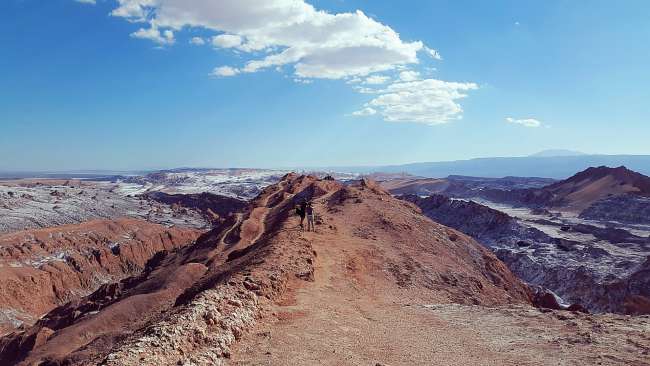
Raporên rêwîtiyê Şîlî
